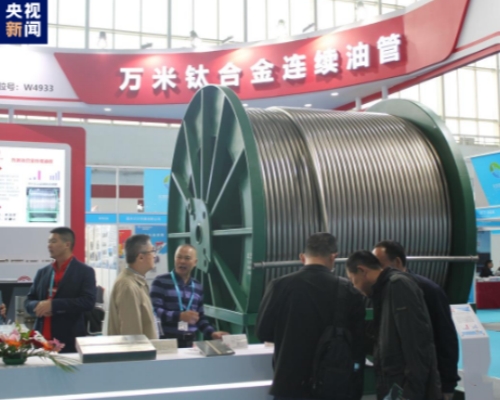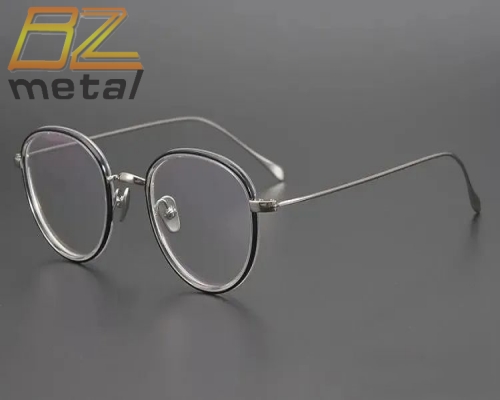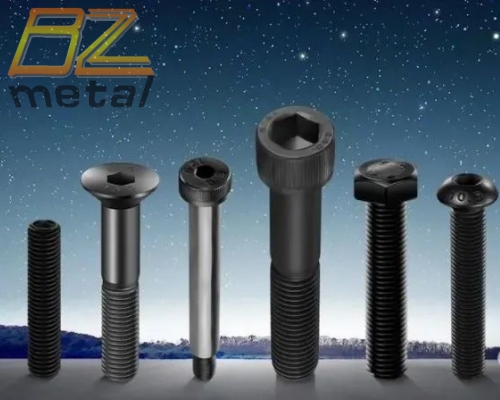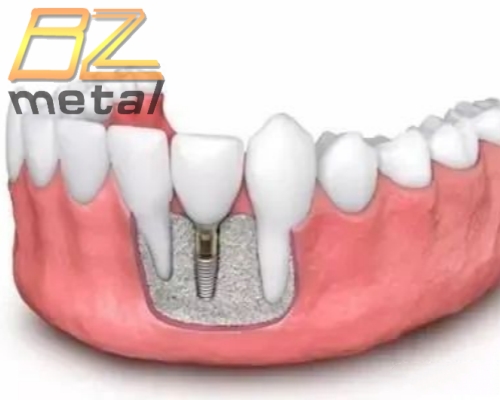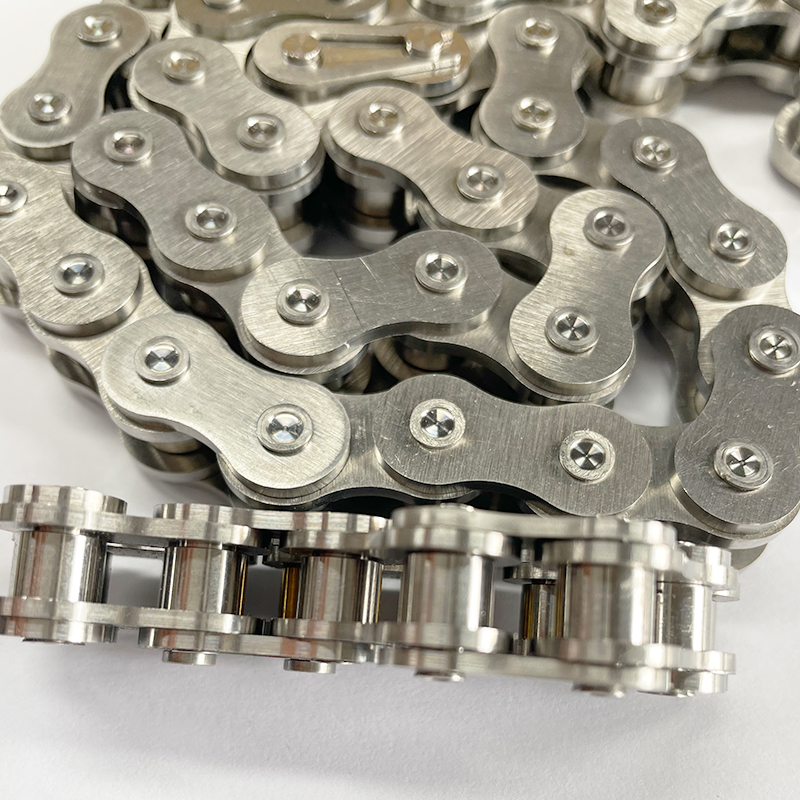Research Progress on Protective Measures for Cavitation Damage of Titanium Alloy
Research Progress on Protective Measures for Cavitation Damage of Titanium Alloy
Titanium alloy has low hardness and poor wear resistance. When it is used as overcurrent components such as ship propeller blades, turbine blades, turbines, tailpipes, pumps, and valves, it can easily cause cavitation of components due to the presence of pressure change zones in the fluid. Phenomenon, when the cavitation bubble collapses near the solid boundary, it will cause the surface of the solid material to peel off, which will reduce the performance of the equipment, shorten the service life, and even cause the titanium alloy components to fail. Over years, new research progress has been made on the protective measures for cavitation damage of titanium alloys at home and abroad. Here will discuss in detail of the three aspects of heat treatment, surface treatment and adding corrosion inhibitors to fluid media.
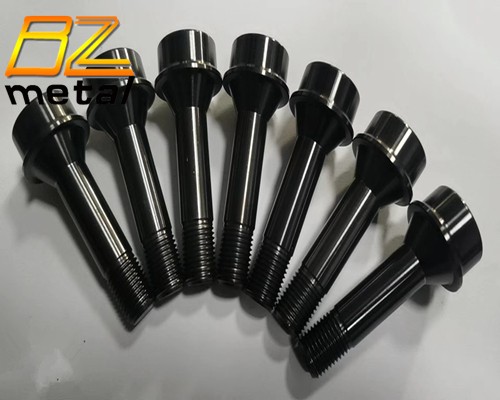
1. Heat Treatment
Studies have shown that the heat treatment process improves the cavitation resistance of titanium alloy materials by changing the microstructure. Li Haibin will Ti-6Al-4V alloy at different temperatures(1020℃、 950℃、 850℃) Wei's tissue, two-state tissue, and isometric tissue were obtained by heat treatment. After the author subjected all the samples obtained by heat treatment to an 8 h cavitation test in deionized water, it was found that the cumulative weightlessness was less than the original Ti-6Al-4V. Among them, the Wei's tissue samples obtained by 1020℃ + water quenching had the smallest cavitation loss (77.9% of the original sample) and the highest cavitation resistance coefficient (1.83 times that of the original sample). The study shows that there are also certain differences in the cavitation resistance of Ti-6Al-4V alloys with different microstructures. Wei's tissue contains martensitic α'phase or flaky α phase, which enhances the fracture toughness and tensile strength of Ti-6Al-4V, and the material can absorb the energy of vacuole collapse. Enhanced; the nascent α phase in the two-state tissue has a strong work hardening ability, and the β-transformed tissue (secondary α phase) can improve the strength and hardness of the material, which also enhances the Ti-6Al-4V. It can absorb the energy of vacuole collapse; and although the isometric tissue also contains the secondary α phase, its content is small, so the improvement in cavitation resistance is not as obvious as that of the two-state tissue. In this test, Wei's tissue had the best anti-cavitation performance, followed by two-state tissue, and isometric tissue had the lowest anti-cavitation performance.
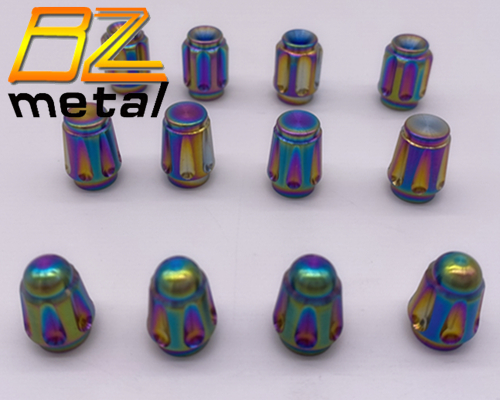
2. Surface Treatment
Since the cavitation phenomenon starts from the surface of the material, the surface treatment of titanium alloy has naturally become an effective measure to improve its cavitation resistance. So far, the surface treatment technologies used at home and abroad to improve the cavitation resistance of titanium alloys include laser texturing, laser gas nitriding, chemical heat treatment, ion implantation, hot dip plating, etc., and have achieved certain results.
1) Laser Surface Texture Processing
Laser surface texture processing is a preparation technique that uses lasers to selectively melt the surface of the workpiece to produce a specific arrangement and morphology. This technology has the advantages of short processing cycle, high precision, small heat-affected area and no pollution to the environment. The pits produced by laser texturing can capture abrasive chips and improve the wear resistance of metal surfaces. In addition, laser surface texture processing technology can also improve the hardness of the material surface, and in recent years it has also been used to improve the cavitation resistance of titanium alloys.
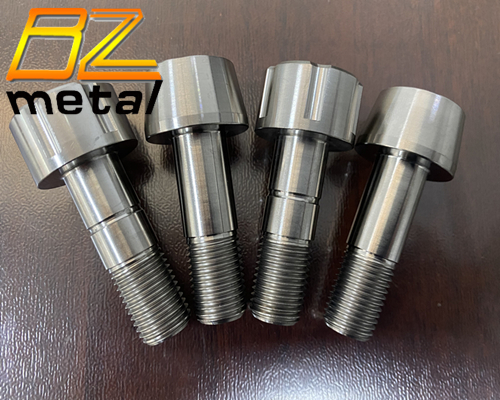
2) Laser Gas Nitriding
Laser gas nitriding treatment is to place the titanium alloy in a nitrogen atmosphere, and use the action of a high-energy laser beam to heat the surface of the alloy to a molten state. The nitrogen enters the bath and reacts with the high-temperature metal liquid between it, forming a layer of nitride containing the hard titanium nitride phase on the surface of the sample. Nitride layer. This technology has the advantages of low cost, short preparation time, partial nitriding treatment, thicker nitride layer and metallurgical combination with the base material. It is a common method used to improve the wear resistance of titanium alloys. In recent years, laser gas nitriding has also been successfully used to improve the cavitation resistance of titanium alloys.
3) Chemical Heat Treatment
Chemical heat treatment technology has the advantages of simple operation, low cost, and large labor savings, and has significant advantages in improving the cavitation resistance of titanium alloys. When chemical heat treatment technology is used to form a dense ceramic layer and a diffusion layer on the surface of the titanium alloy, the surface hardness of the sample can be improved, which can effectively resist the energy generated by the collapse of the vacuole. At the same time, the dense surface infiltration layer can also extend the inoculation period of the cavitation process by preventing the germination and expansion of surface cracks, thereby improving the cavitation resistance of titanium alloys. However, chemical heat treatment still has defects such as long process heat preservation time, large energy consumption, and easy environmental pollution. Therefore, improving the economy of the process has become the future development goal of this technology.
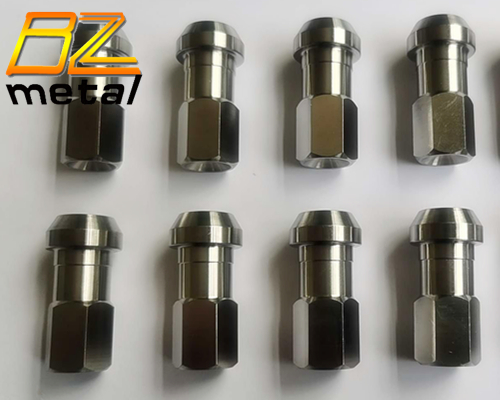
4) Ion Implantation
Ion implantation is an advanced modification technique that uses high-energy ions to hit the surface of a material at high speed to inject the required elements into its surface. The binding between the modified layer and the substrate obtained by this method is very strong and there is no obvious mutation interface between the two. Since the injected ions are not limited by various thermodynamic parameters, this method can realize the injection of any element, and the concentration and depth of the injected ions can be controlled. The injected elements are on the surface of the matrix material in the form of replacements or gaps, and the size of the sample will not change, and the surface roughness can be well maintained, so ion implantation can be used as the final processing step of the component.
5) Other Surface Treatments
In addition to using the above surface treatments to improve the cavitation resistance of titanium alloys, other related surface technologies are also used to control cavitation damage of titanium alloys. A uniform and dense Al3Ti coating was prepared on the surface of Ti-6Al-4V alloy by hot dip plating + heat treatment technology. After cavitation in distilled water for 20h, the cumulative weight loss of hot dip aluminized samples was 53.7% of the original Ti-6Al-4V alloy. Al3Ti coating significantly improves the cavitation resistance of Ti-6Al-4V alloy. Performance. This is due to the fact that the coating obtained by this technology is not only uniform, dense and defect-free, but also the microhardness is significantly higher than that of the matrix sample, which enhances the alloy's ability to resist the impact of cavitation and collapse.
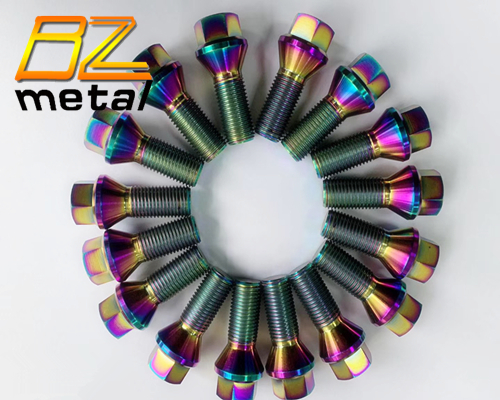
3. Add Corrosion Inhibitor
Cavitation damage of titanium alloys in corrosive environments usually involves the synergy of corrosion damage. Therefore, adding corrosion inhibitors can be regarded as an effective way to improve the cavitation resistance of titanium alloys. The researchers studied the cavitation damage behavior of Ti-6Al-4V alloy in 55% (mass fraction) LiBr solution +1% anode corrosion inhibitor NaNO2 solution. The results showed that after 1h of hollow etching in the LiBr solution containing the corrosion inhibitor, the surface voids were significantly reduced compared to the surface without the corrosion inhibitor; after 8h, the cumulative weight loss was 90.5% of the surface without the corrosion inhibitor. The NO2 produced by the addition of this kind of corrosion inhibitor will be adsorbed in the voids with strong activity on the surface of the passivation film, which makes the passivation film easier to generate and inhibits the electrochemical corrosion of Ti-6Al-4V, thereby reducing the cavitation damage caused by the combination of mechanical and electrochemical corrosion. However, after adding a corrosion inhibitor, the electrochemical corrosion of the sample was not completely suppressed.

